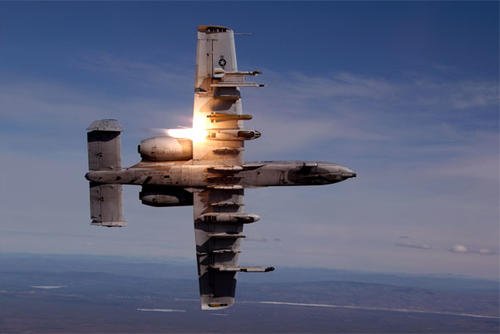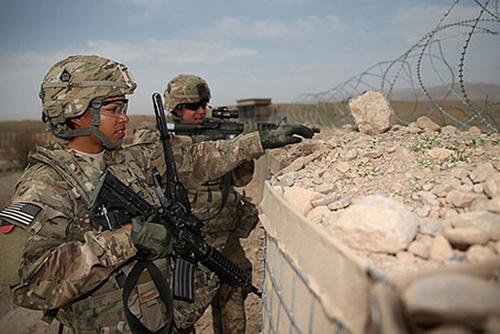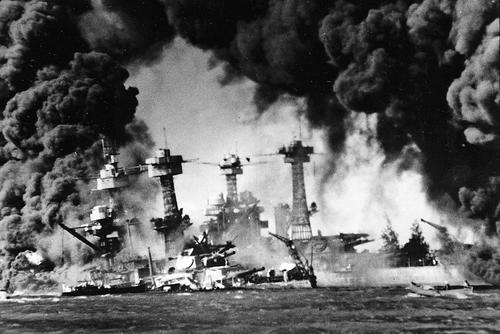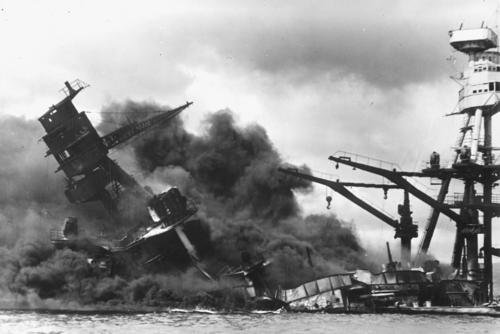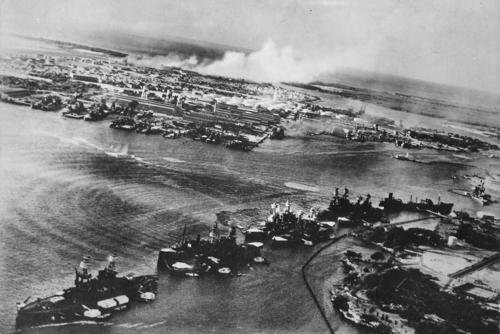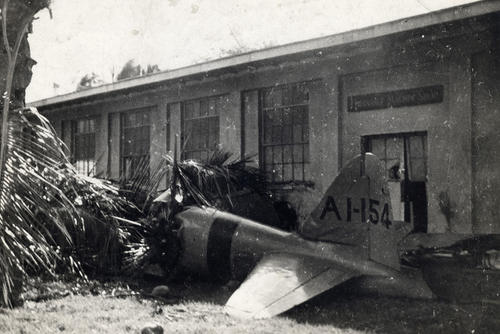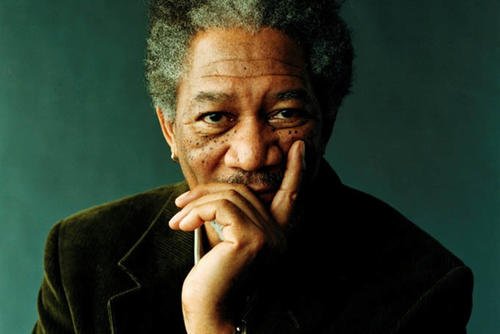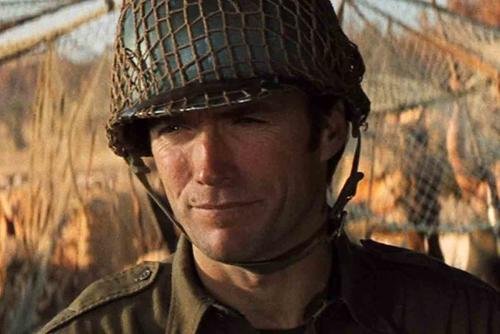
Decision 4 of 4
Result: Significant Confederate Victory?
On the afternoon of July 3rd, a thunderous artillery barrage opened fire on the Union center. Northern guns returned the fire with solid effect, but were then ordered to cease after an hour and a half to convince the rebels that the artillery preparation had been successful. Little did they realize that it was a diversion.
Over fifteen thousand soldiers of Pickett's division and brigades from the Confederate I and III Corps surged toward the Union right flank, smashed into it, and sent it falling back beyond the Baltimore Pike. The Union commander, General George Meade, had expected an attack from the opposite direction and was caught unawares.
However, the length of the march and Union control of the high ground to spot the rebel movements allowed Meade to shift his forces to avert disaster. The Confederate army was able to capture Rock Creek Bridge and capture a sizeable piece of the Baltimore Pike. (Continued below map)

After four hours of intense combat and the threat of encirclement, the Army of the Potomac escaped and began a rapid retreat back towards Washington -- barely escaping the noose Lee had crafted. Both sides suffered over twenty thousand killed, wounded, or captured each -- nearly a quarter of their respective army's strengths.
The battle was over. The Army of the Potomac had lost again and the Confederates had a major tactical victory, but not a decisive victory so complete that it could end the war. The rebels rampaged throughout northern Pennsylvania over the next two months but could not force the North to capitulate. By the following spring, the campaign had moved back into Virginia with a new Union general in charge, Ulysses S Grant.
